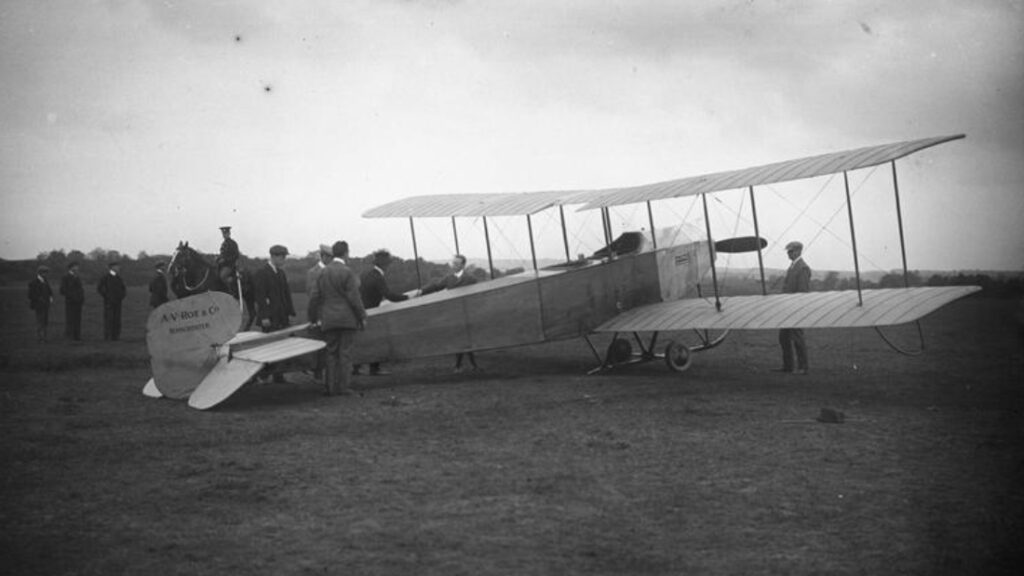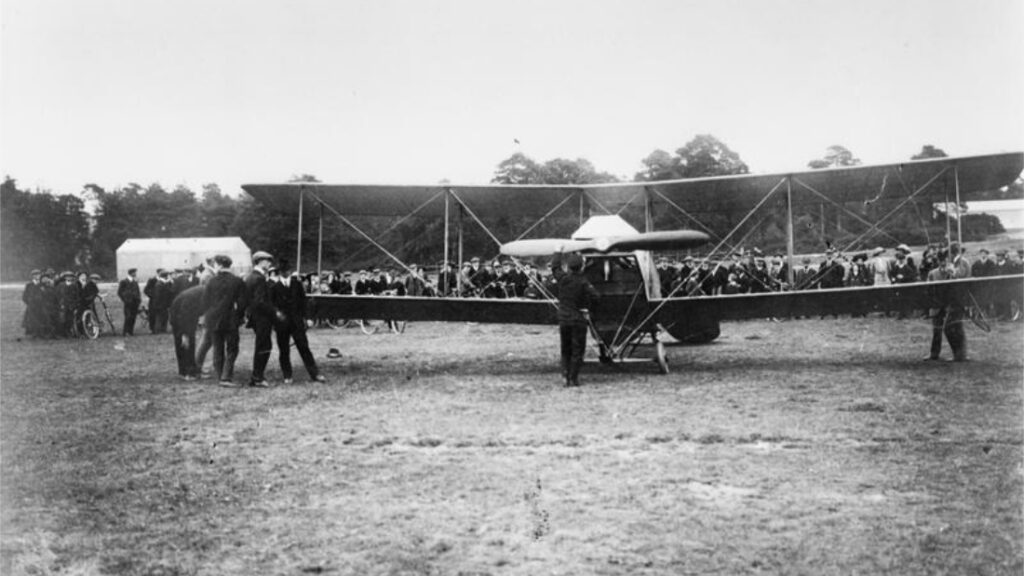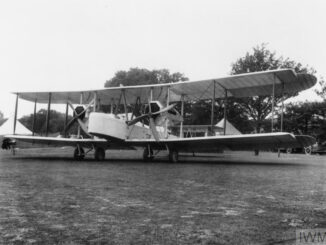 On 3rd March 1912, Avro 500 military utility biplane designed by A.V. Roe, performed its maiden flight.
On 3rd March 1912, Avro 500 military utility biplane designed by A.V. Roe, performed its maiden flight.
Alliott Verdon Roe, the British aircraft manufacturer and pioneer pilot, started his aviation career in the early 1900s, with experiments on model aeroplanes. In 1907, one of Roe´s models won a Daily Mail competition and the prize of seventy-five pounds he received allowed him to build a full-size aircraft based on that model, designated Roe I Biplane. It was an example of a rather complicated design of an unequal-span canard two-bay aeroplane. At first glance the Roe I resembled a triplane, although technically being a biplane. On 8th June 1908, Roe performed his first flight, flying that aeroplane over Brooklands in Surrey.
Shortly after, A.V. Roe made another aircraft. And this time it was a classic triplane he named Avroplane. Its maiden flight took place in July of 1909 and Roe officially became the first Englishman to fly all-British made aeroplane. On 1st January 1910, A.V. Roe Aircraft Co. was founded at Brownsfiled Mill in Manchester, later renamed just Avro Aircraft.
In 1911, the Roe´s company made its first biplane, Avro Type D. Due to aforementioned complicated design of the Roe I Biplane, the Type D is often mistakenly identified as the first Roe´s biplane. The aircraft aroused the interest of British aviators and military authorities and finally was built in seven examples.
Later that year, Roe began development of two further biplane designs – a single-seat Avro Duigan for the Australian aviation pioneer J.R. Duigan, and a double-seat Avro Type E. The latter was a derivative of the Duigan biplane but larger in its size and equipped with a more powerful E.N.V. engine of 60 hp. On 12th March 1912, the Type E performed its maiden flight, flown by Lt. Wilfred Parke.

The aircraft was assessed as perfectly designed and having exceptional flight characteristics, apart from its top speed and climb rate. In order to improve it, Roe changed the engine for a much lighter Gnome rotary engine, generating 50 hp. The redesigned aircraft made its first flight on 8th May 1912.
The British military authorities were so impressed with the aeroplane that order for two more examples, officially designated Avro 500, was placed immediately. The initial purchase was shortly followed by another one, this time for four Type E aircraft and five of its single-seat variant, named Avro 502.
The Avro 500, together with parallelly developed B.E. 1, were the first examples of early biplane design that dominated the aviation industry for more than a decade. A total number of eighteen Type E aircraft was manufactured.
In September of 1913, the Avro company introduced its another design, based on the Avro 500. The aircraft, designated Avro 504 was powered by a seven-cylinder Gnome Lambda rotary engine, generating 80 hp. It soon achieved great success as a military aircraft, entering service with almost forty air forces all over the world and became one of iconic aeroplanes of the Great War. The Avro 504 was manufactured under licence by more than twenty aviation companies, not only in the United Kingdom but also in Argentina, Japan and Mexico.
Production of the Avro 504 was officially ceased only in 1932, with more than 11,000 examples of the aircraft manufactured worldwide. It made the Roe´s aircraft the most-produced aeroplane of any kind that served in the First World War.

Cover photo: An Avro 500 biplane on the ground with a group of onlookers (original caption) © IWM RAE-O 434. IWM photos used under Non-Commercial licence.



